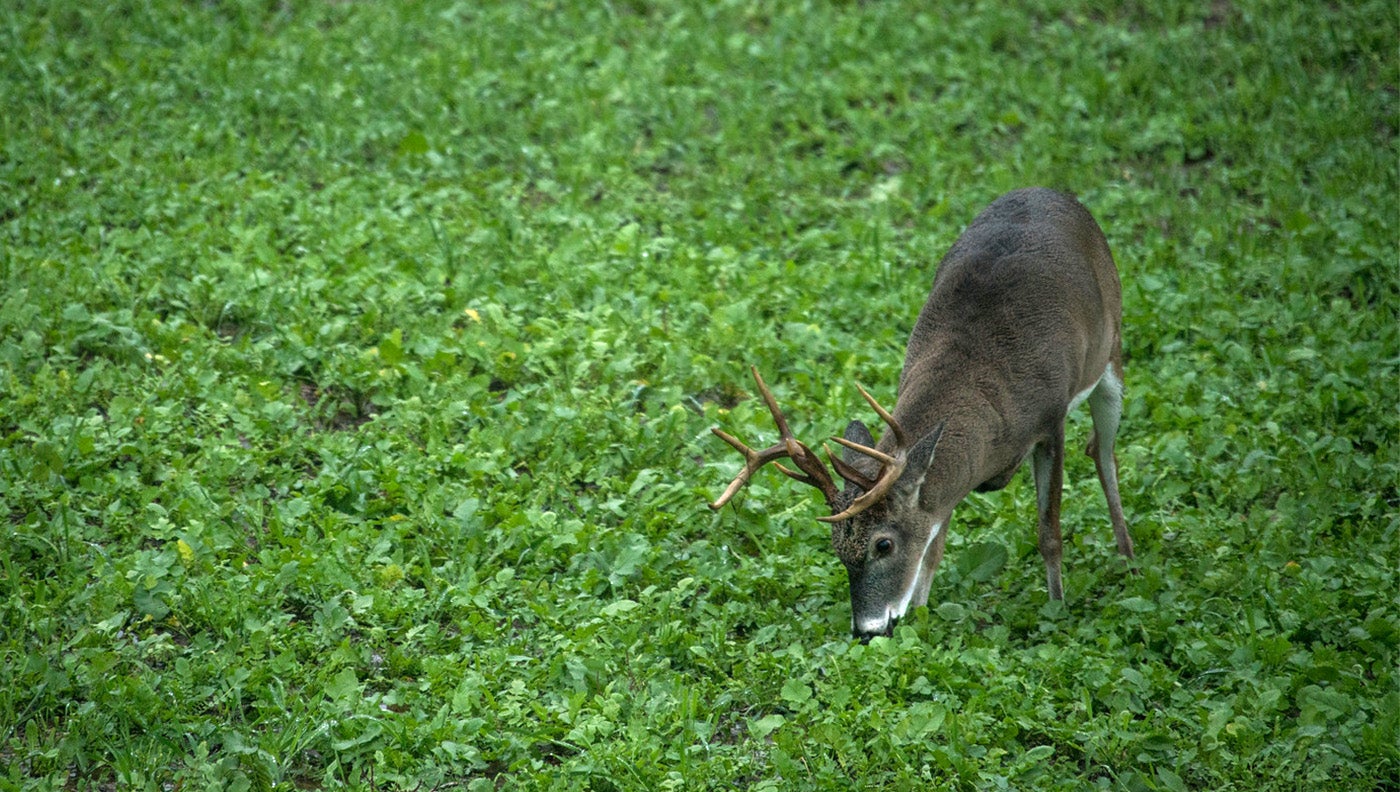It is funny how some folks worry about the specific variety of things like turnips, radish, cereal, and the like when planting for a stress period. The reality is that if deer are not eating our planted crops, it speaks very well to our habitat and population management. During the season deer will certainly avoid some fields during shooting hours due to pressure, but other than that, if they are not ravaging our food plots it is because they have found a better food source.
This too speaks to favoring soil health over yield. When populations are well balanced with the habitat as long as you have sufficient volume (vs yield) during your stress period, deer won't ravage food plots. When deer do ravage plots, it generally means there are bigger habitat/herd management issues.
Having said that, there are definitely some north/south differences. Yarding in the north affects the distribution of deer versus available food. Through most of the country that is not the case.
Thanks,
Jack

